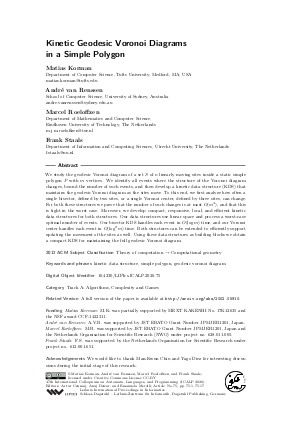LIPIcs.ICALP.2020.75.pdf
- Filesize: 0.72 MB
- 17 pages

 Creative Commons Attribution 3.0 Unported license
Creative Commons Attribution 3.0 Unported license











Feedback for Dagstuhl Publishing